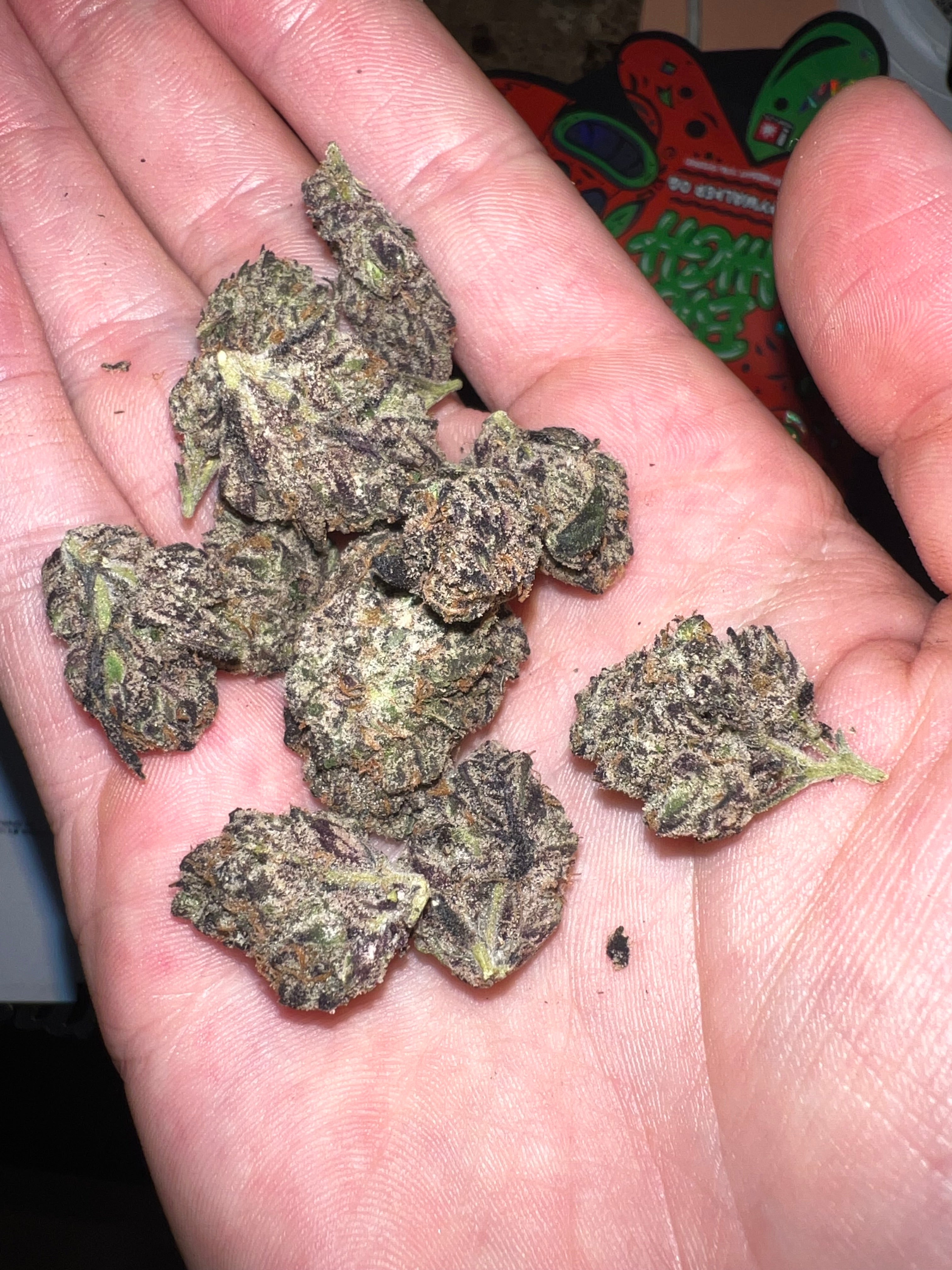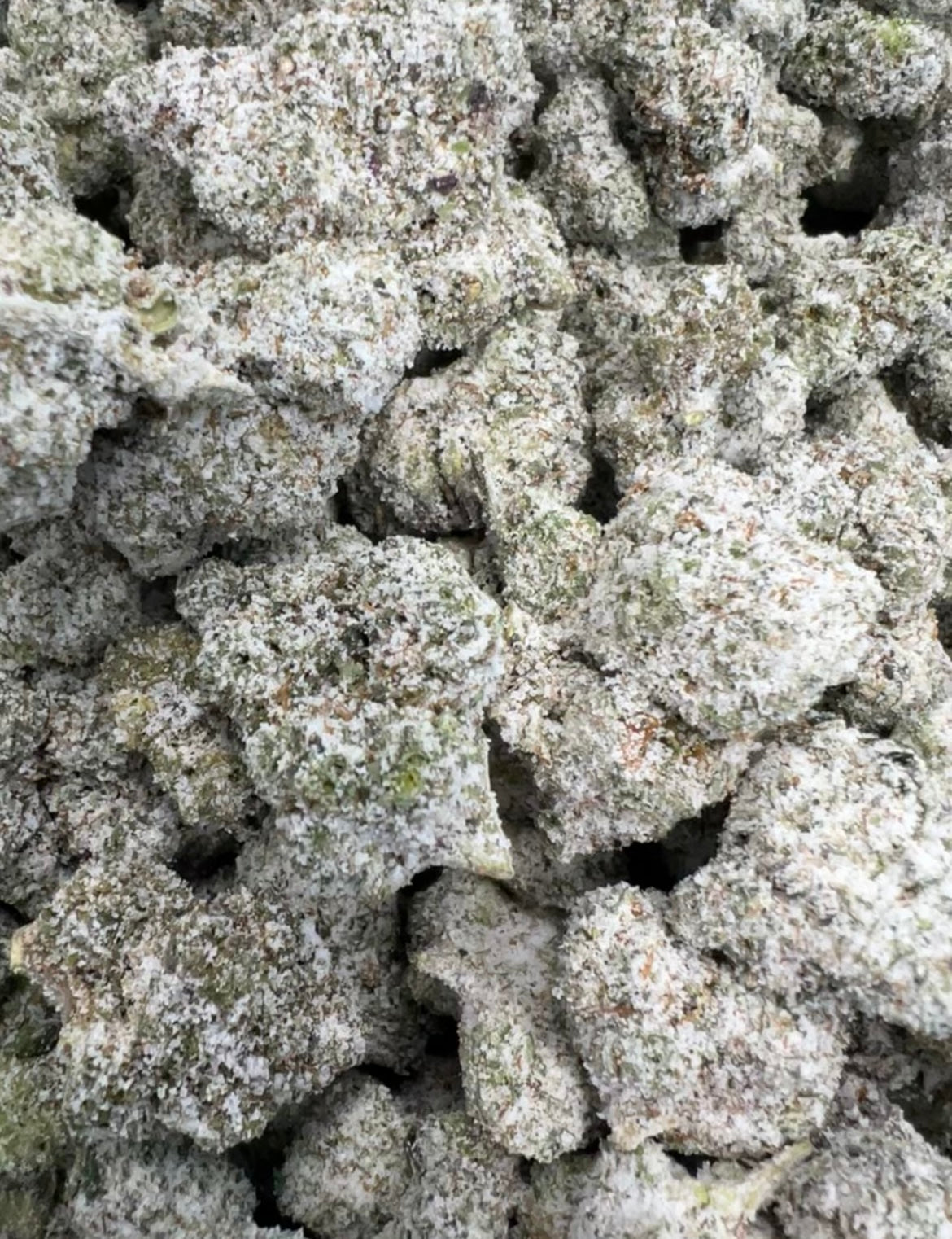
How THCA Flower is Made: A Comprehensive Guide
In the ever-evolving cannabis industry, one particular product has caught the attention of enthusiasts and medicinal users alike: THCA flower. Unlike traditional cannabis flowers, which are prized for their THC content and psychoactive effects, THCA flowers offer a unique appeal due to their high concentration of Tetrahydrocannabinolic Acid (THCA), the acidic precursor to THC. This blog post dives deep into the intricate process of producing THCA flower, from seed selection to the final curing process.

Understanding THCA
Before exploring the production process, it's crucial to understand what THCA is and why it's significant. THCA is a cannabinoid found in raw and live cannabis plants. In its raw form, THCA is non-psychoactive, offering potential therapeutic benefits without the high associated with THC. The transformation from THCA to THC, known as decarboxylation, occurs through drying, curing, or applying heat to the cannabis plant.
Selecting the Right Strains
The journey of creating THCA flower begins with the selection of the right cannabis strains. Cultivators often choose strains known for their high THCA content. These strains are genetically predisposed to produce large amounts of THCA, setting the foundation for a potent final product. Careful genetic selection and breeding techniques have led to the development of strains that consistently exhibit high THCA levels, making them ideal candidates for THCA flower production.
Cultivation Techniques
Optimal growing conditions are vital for maximizing the THCA content in cannabis flowers. Cultivators employ a variety of techniques to ensure the plants thrive:
Light Exposure
Proper light exposure is critical in cannabis cultivation. Plants grown under controlled lighting conditions often exhibit higher cannabinoid content, including THCA. Growers may use LED or HPS lights to simulate ideal light spectra and intensities, promoting robust growth and cannabinoid production.
Nutrient Management
A balanced nutrient regimen is essential for the health of the cannabis plant and the development of high-THCA flowers. Growers meticulously manage soil quality and nutrient levels, tailoring their approach to the specific needs of the strain being cultivated.
Environmental Control
Temperature, humidity, and air circulation within the grow environment are carefully controlled to optimize plant health and cannabinoid production. These conditions are adjusted throughout the plant's lifecycle to mimic natural seasonal changes, encouraging maximal THCA synthesis.
Harvesting and Curing: Preserving THCA
The harvesting and curing processes are pivotal in preserving the THCA content of the flower. Timing is everything; plants must be harvested at the peak of their cannabinoid production, which is determined through careful monitoring of trichome development.
Harvesting at the Right Time
Cultivators use magnification tools to inspect the trichomes—tiny, resinous glands on the cannabis flower where cannabinoids are concentrated. When trichomes display a clear to milky white coloration, it's an indicator that THCA levels are at their peak.
The Art of Curing
After harvesting, the flowers undergo a curing process, which is crucial for cannabinoid preservation and the overall quality of the product. Curing must be done carefully to avoid rapid decarboxylation, which would convert THCA into THC. The flowers are dried slowly in a controlled environment with specific humidity and temperature levels to maintain their cannabinoid profile. This process also enhances the flower's aroma, flavor, and smoothness.
The Role of Lab Testing
Throughout the cultivation and processing stages, lab testing plays an essential role in ensuring the final THCA flower meets quality and safety standards. Testing allows cultivators to verify the THCA content, ensuring the product is accurately labeled and free from contaminants. It also provides valuable feedback that can be used to refine cultivation and processing techniques for future batches.
Challenges and Innovations
Producing THCA flower is not without its challenges. From maintaining strict environmental controls to navigating the legal complexities surrounding cannabis production, cultivators must be adept at managing a myriad of factors. However, the industry continues to innovate, with advancements in genetic research, cultivation techniques, and processing methods paving the way for more efficient and effective THCA flower production.
Conclusion
The production of THCA flower is a testament to the sophistication and scientific understanding that now characterizes the cannabis industry. From the careful selection of high-THCA strains to the meticulous cultivation and curing processes, each step is geared towards preserving the precious THCA content. As research into the therapeutic benefits of THCA and other cannabinoids advances, the demand for high-quality THCA flower is likely to




